Every sport has their wild side; swimming has water polo, diving has cliff diving and surfing has one of the craziest of them all, big wave surfing.
The average wave surfed on local beaches, also known as the local shore-break, is between 1-3 meters or 5-12 feet. Although the craziness in surfing starts during the winter since it is big wave season
If the average non-surfer were to see a wave five feet high they may look in awe or even terror, but there are waves that can reach up to 24 meters or 80 feet. These waves are killers and have killed many surfers throughout the years.
To find these waves you have to know which shore breaks to go to, every beach, in different seasons and temperatures, can put out different wave heights.
One of the closest and most legendary big wave shore breaks is located here in California, Mavericks beach in pilar point near Half moon bay is home to some of the biggest waves in the world.
Mavericks is unique because the way these monstrous wave are able to form and break so gracefully with so much power is due to unusually shaped underwater rock formation.
These waves break a quarter mile off shore but surfing the waves at Mavericks is only one challenge; it is the paddling out that is the hard part.
The increase of people chasing and surfing bigger and bigger waves means the innovations people are bringing to the oceans that are defining the way waves are ridden.
A few and fairly new ways people are catching these massive waves are by a means called two in surfing.
The surfer ties a rope to the back of a jet ski and stand on the surfboard with straps that go over the feet.
The jet ski rides in front of the wave and when the surfer is ready, lets go and shoots themselves into the wave.
Another way surfers are saving energy is by instead of paddling out they all board a boat and sail just past where the waves are forming and jump in the water to set themselves up to start surfing waves saving a lot of energy.
The uniform a big wave surfer wears is a lot different than what can be seen at a local shore-break, big wave surfers wear full body wetsuits that cover head to toe.
Since big wave season is in the winter, temperatures in the water could dip as low as 57 degrees Fahrenheit.
With that in mind surfers seen out in big wave contests typically are competing in the rain and in the early mornings when the waves are at their peak heights.
Many big wave surfers also wear life jackets because the waves they surf, if knocked off their board, can hold them under for upwards of 5 minutes, but with a life jacket it allows for surfers to rise to the surface and breath without drowning or struggling for air.
For the next few months, during big wave season, be on the lookout for both the men and women’s big wave tour taking place around the world and at Mavericks beach in California.



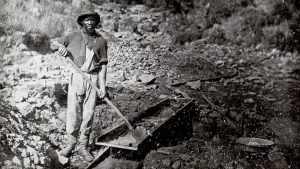


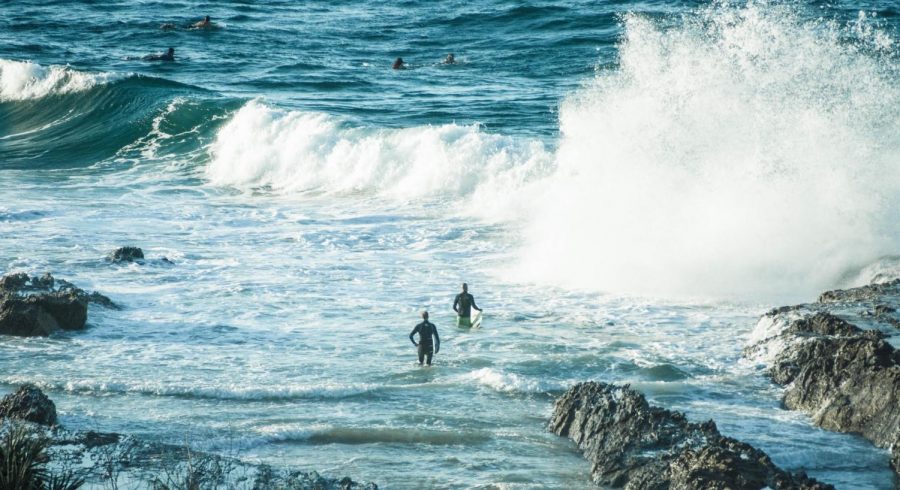
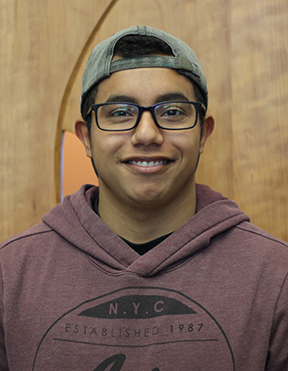

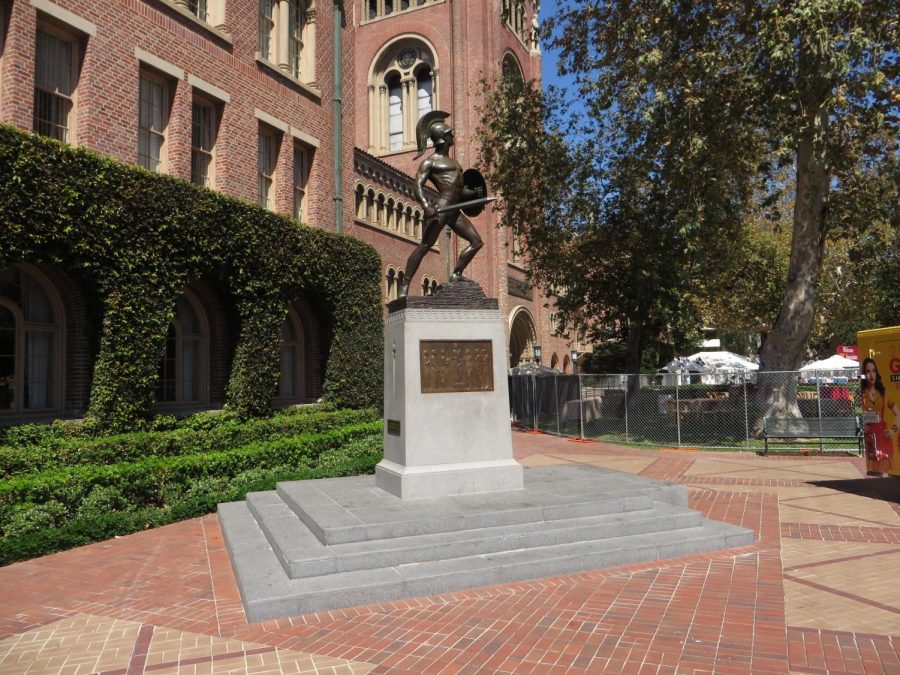



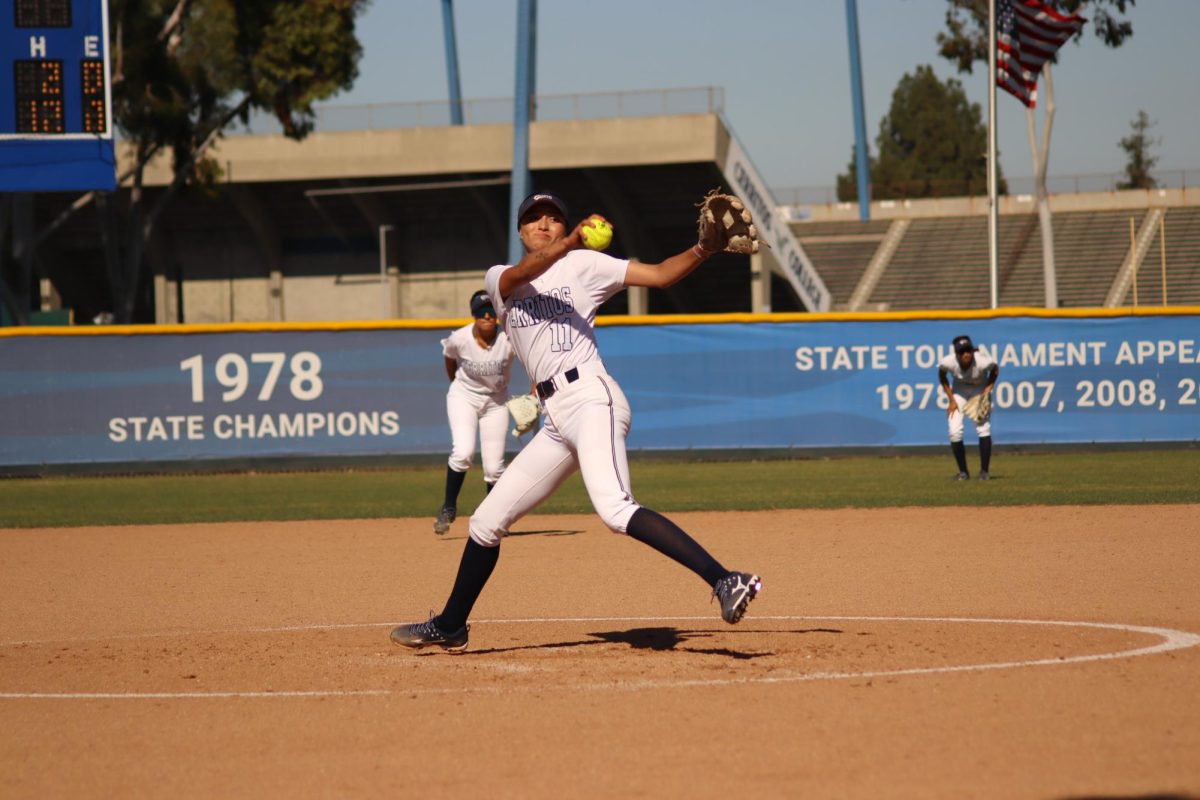

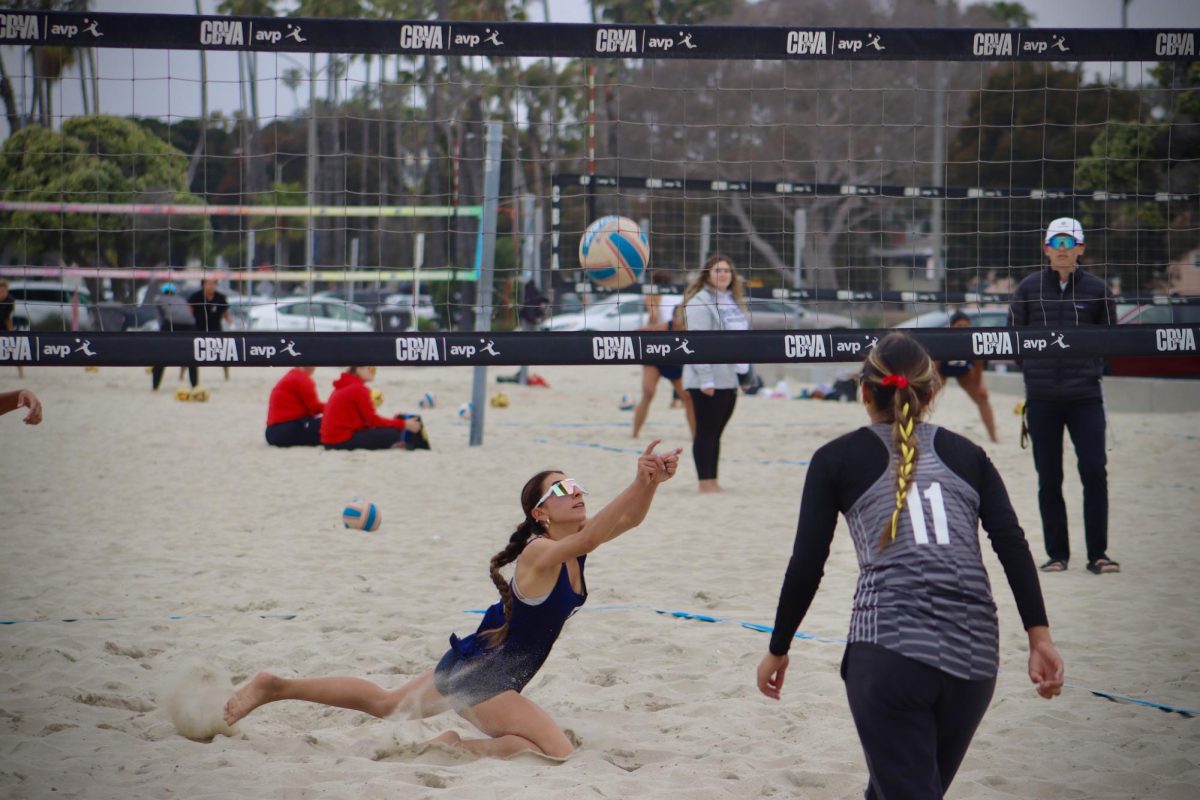
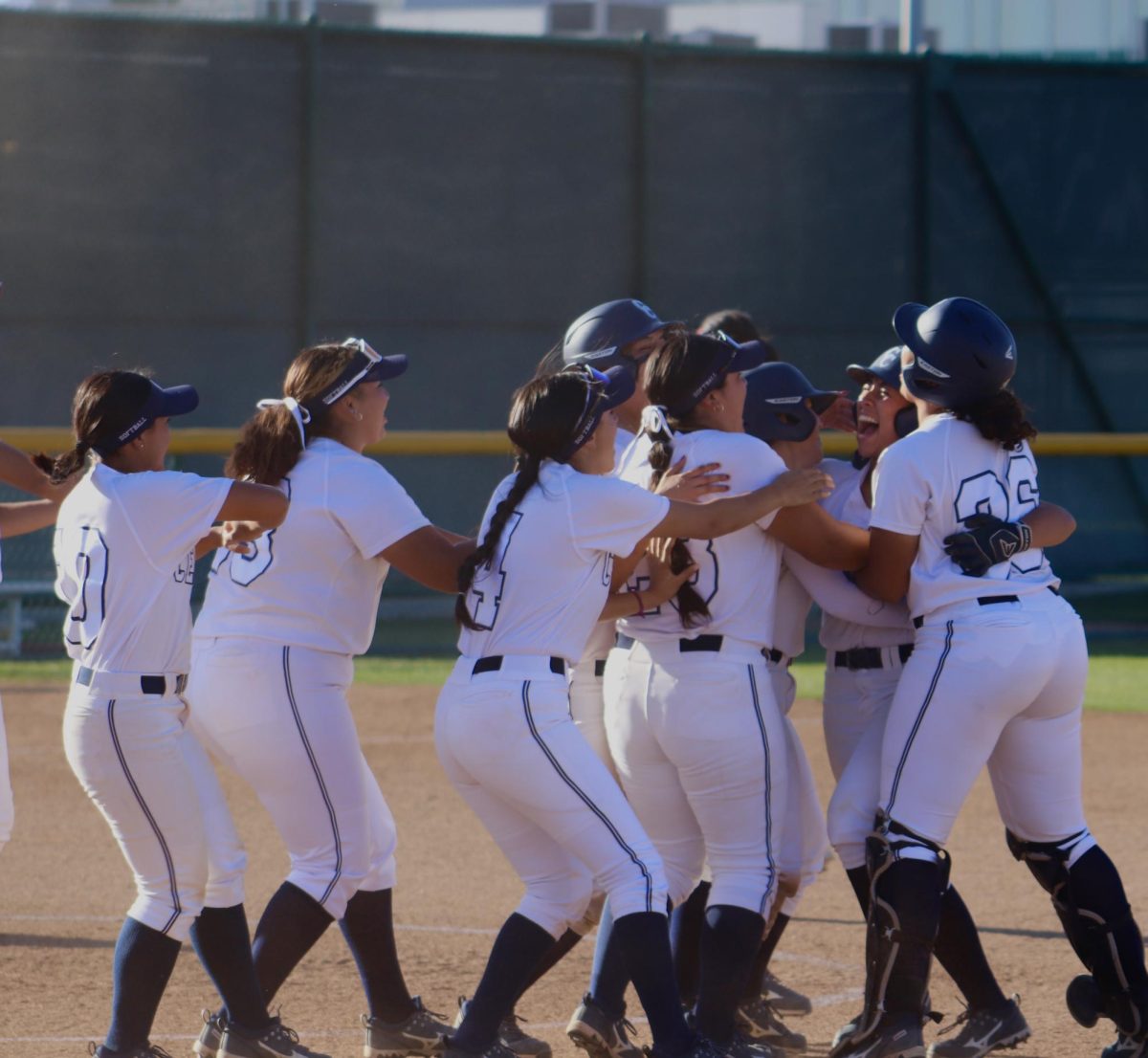
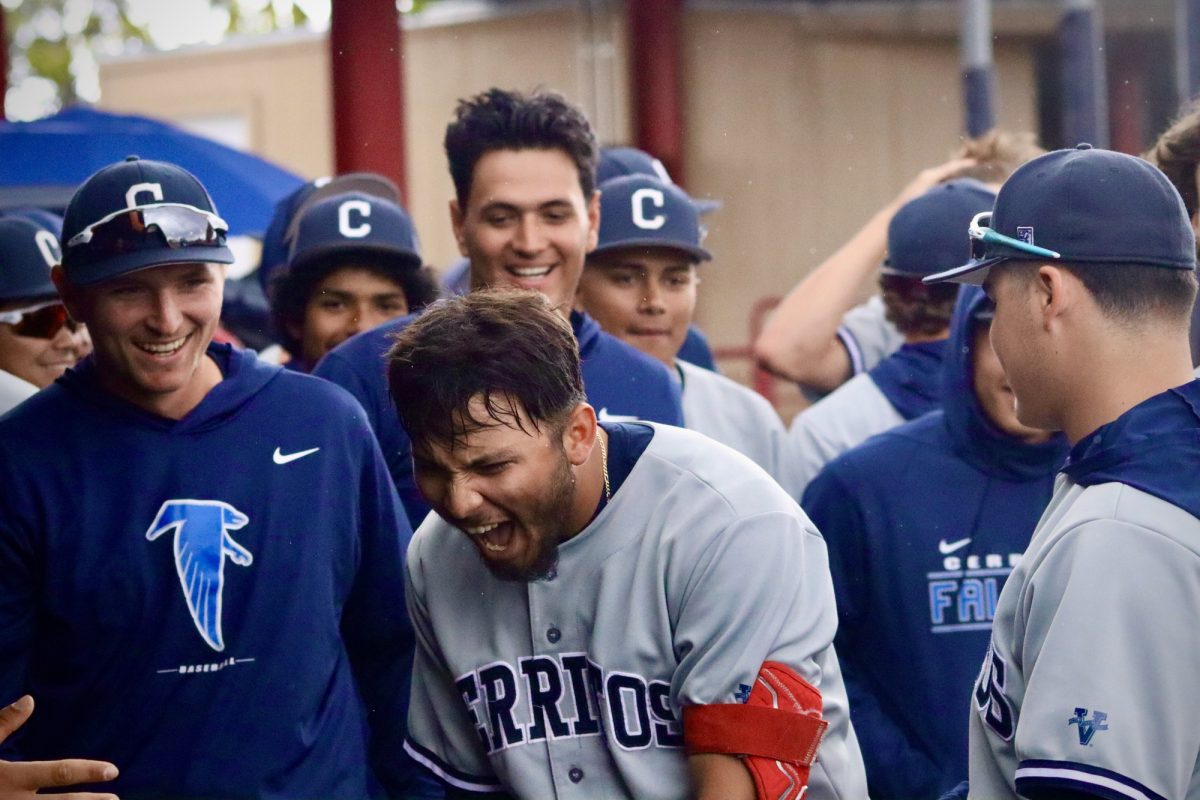
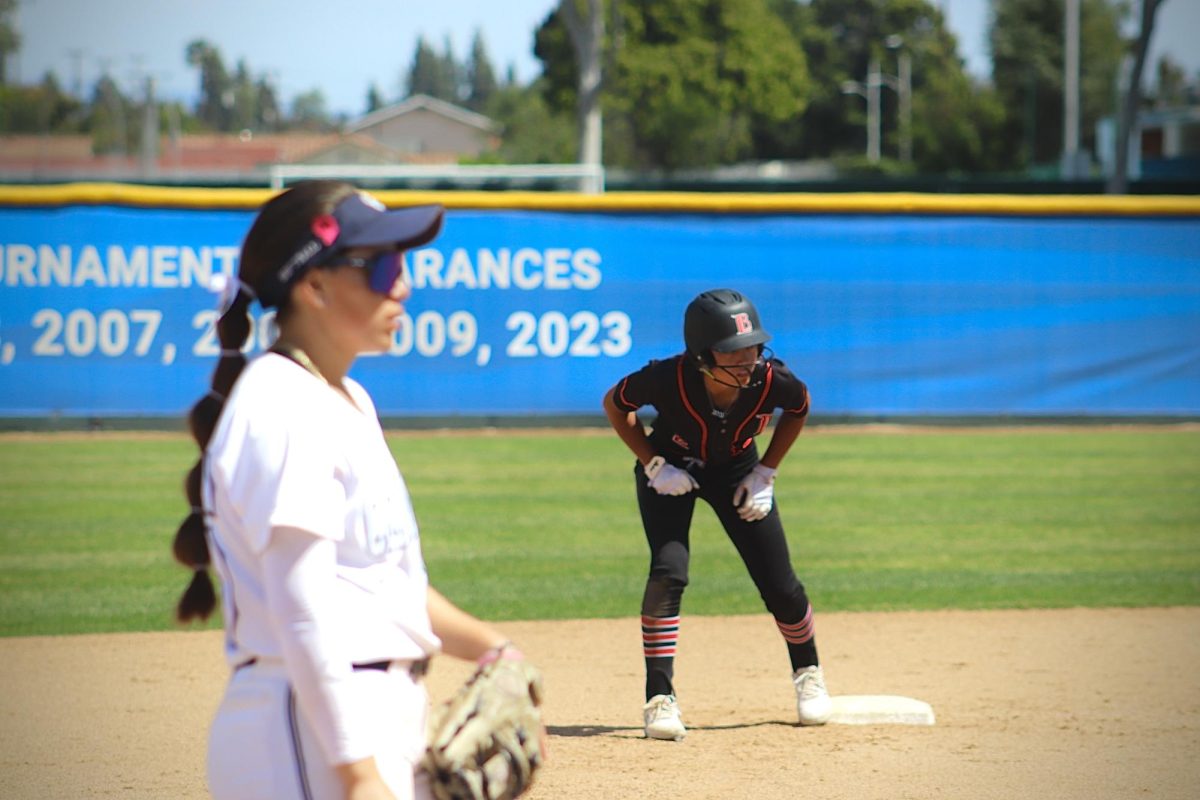
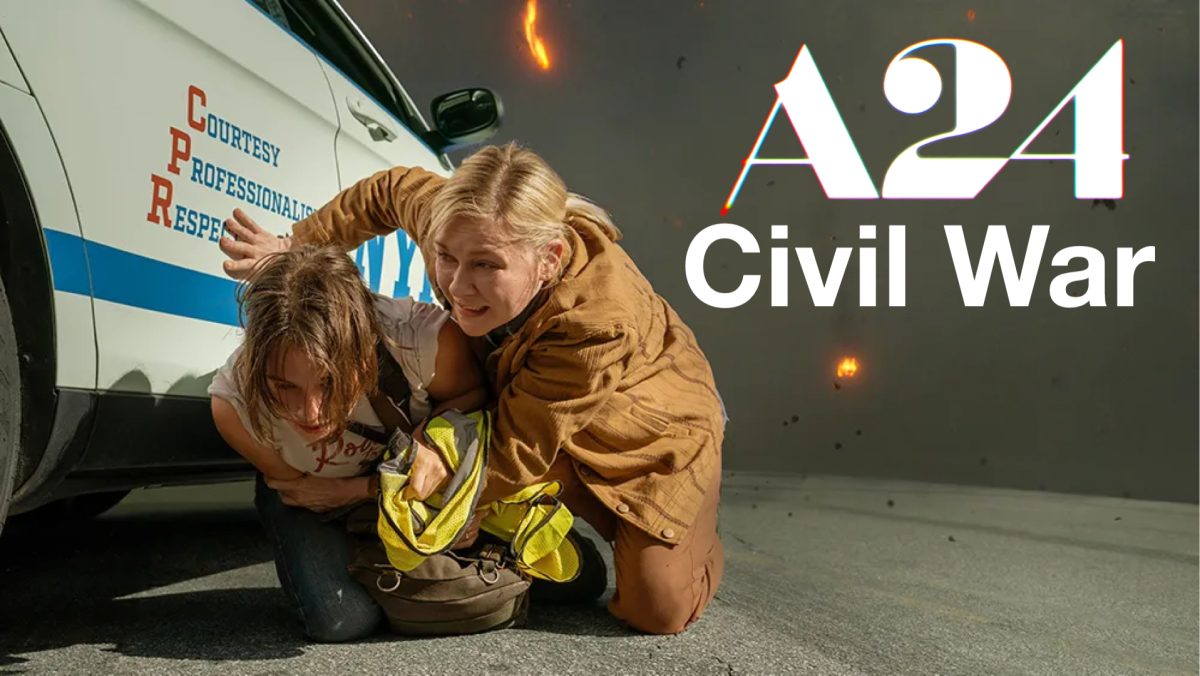
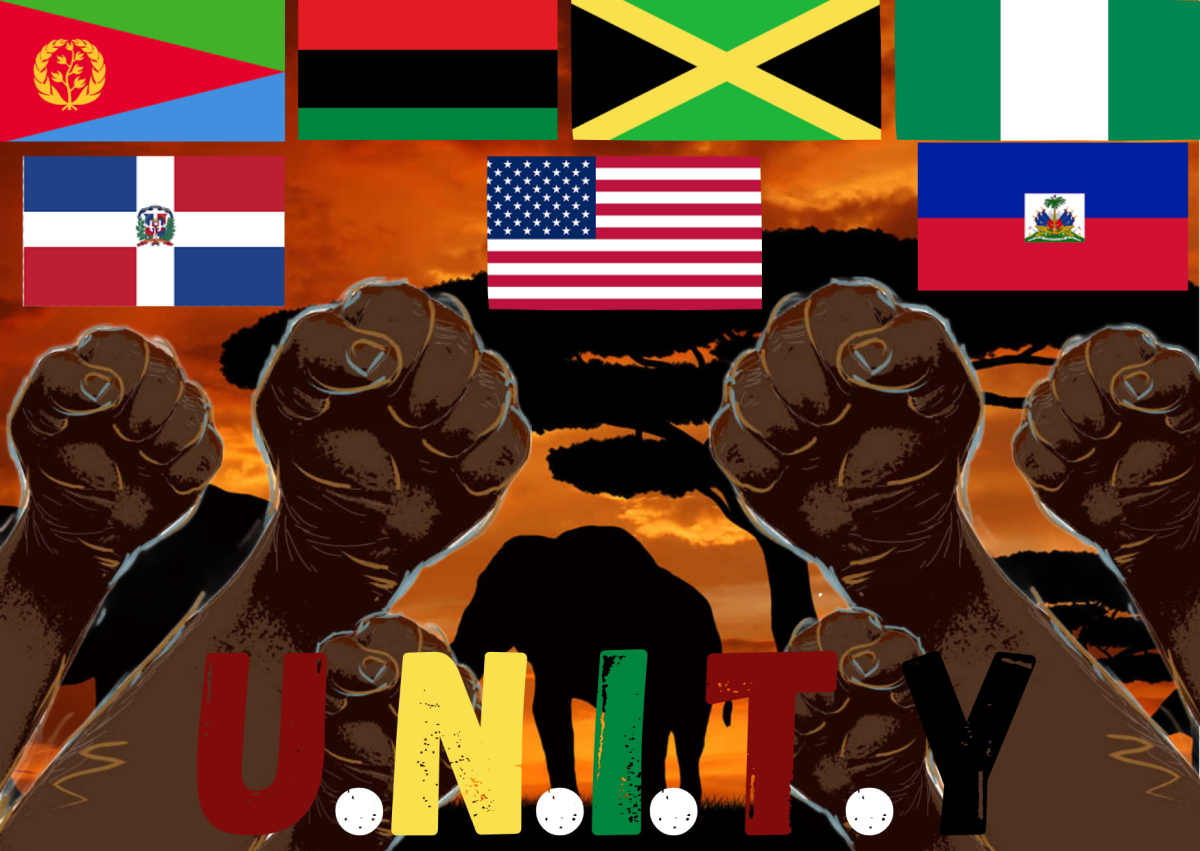


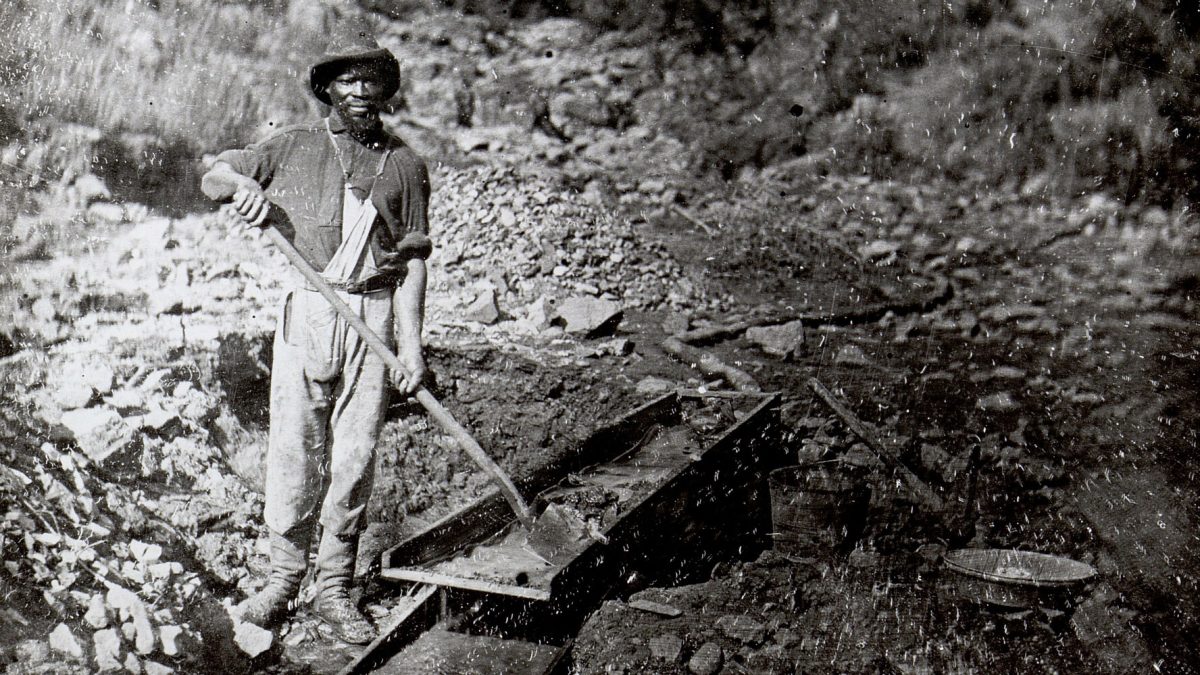
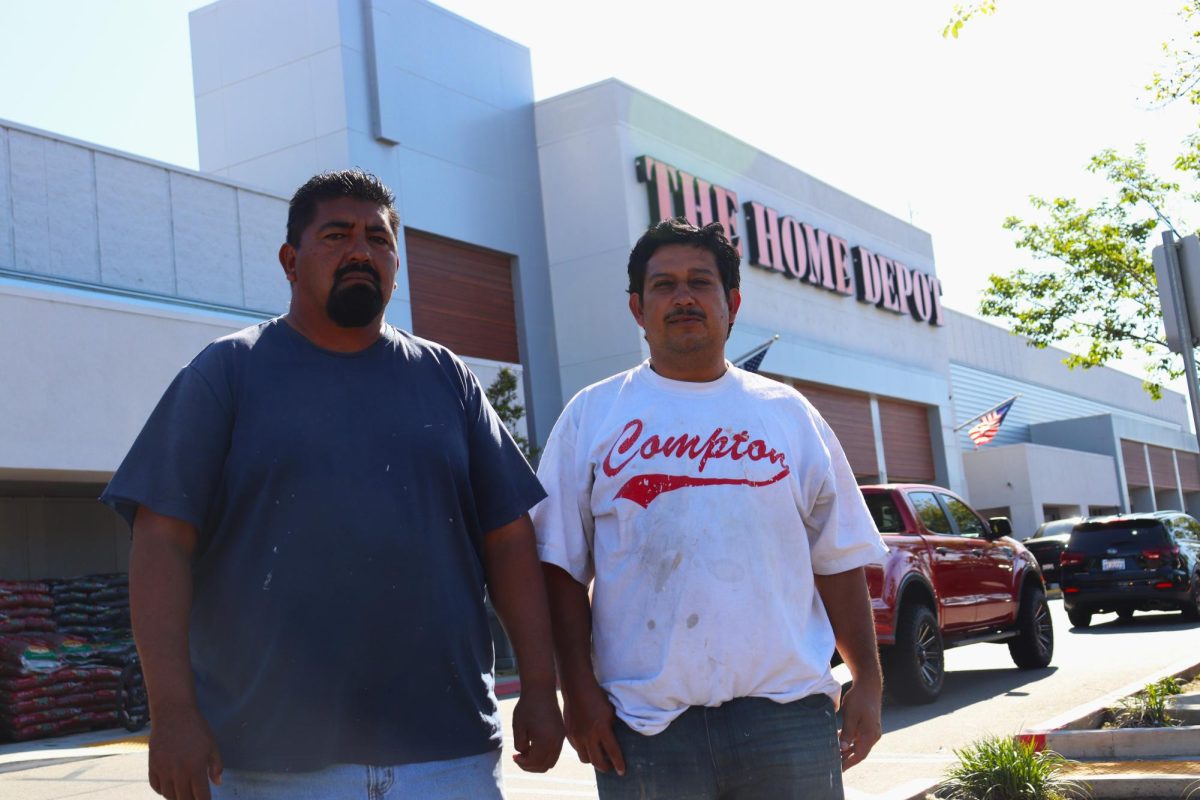
George O'Reilly • Nov 19, 2018 at 7:01 am
“Two in surfing”? I suspect you mean tow-in surfing, which is not new by any means. In fact, at Mavericks, it is banned because it is part of the national Marine Sanctuary. It saw a spike of interest in the late ’90s and early 200’s, but was soon banned. Mavericks is first and foremost a paddle-in spot, where surfers testing their mettle must earn their spot by paddling out from shore and getting to know the line-up. The waves don’t hold surfers down for 5 minutes. A nasty wipeout will hold a surfer down for about 20-25 seconds. But that’s after expending all their energy and adrenaline into paddling in, catching the wave, and flying fown the face. It is a wave of consequence, and so one must have the physical and mental strength to endure a hold down that seems like eternity, while the wave tries its best to tear you apart (known as “rag dolling). If it’s a set wave, the surfer might have time to come up for a gulp of air only to be met with another 30 foot bomb landing on his or her head. The whitewater rolls you over the reef, and if you are strong enough to get out or get rescued, then it can be one of the most harrowing experiences ever. Oh, and 57 degrees would be considered “warm in the winter. Hey, next time you write about a sport you don’t do, perhaps you might want to talk to locals who can give you some good information.